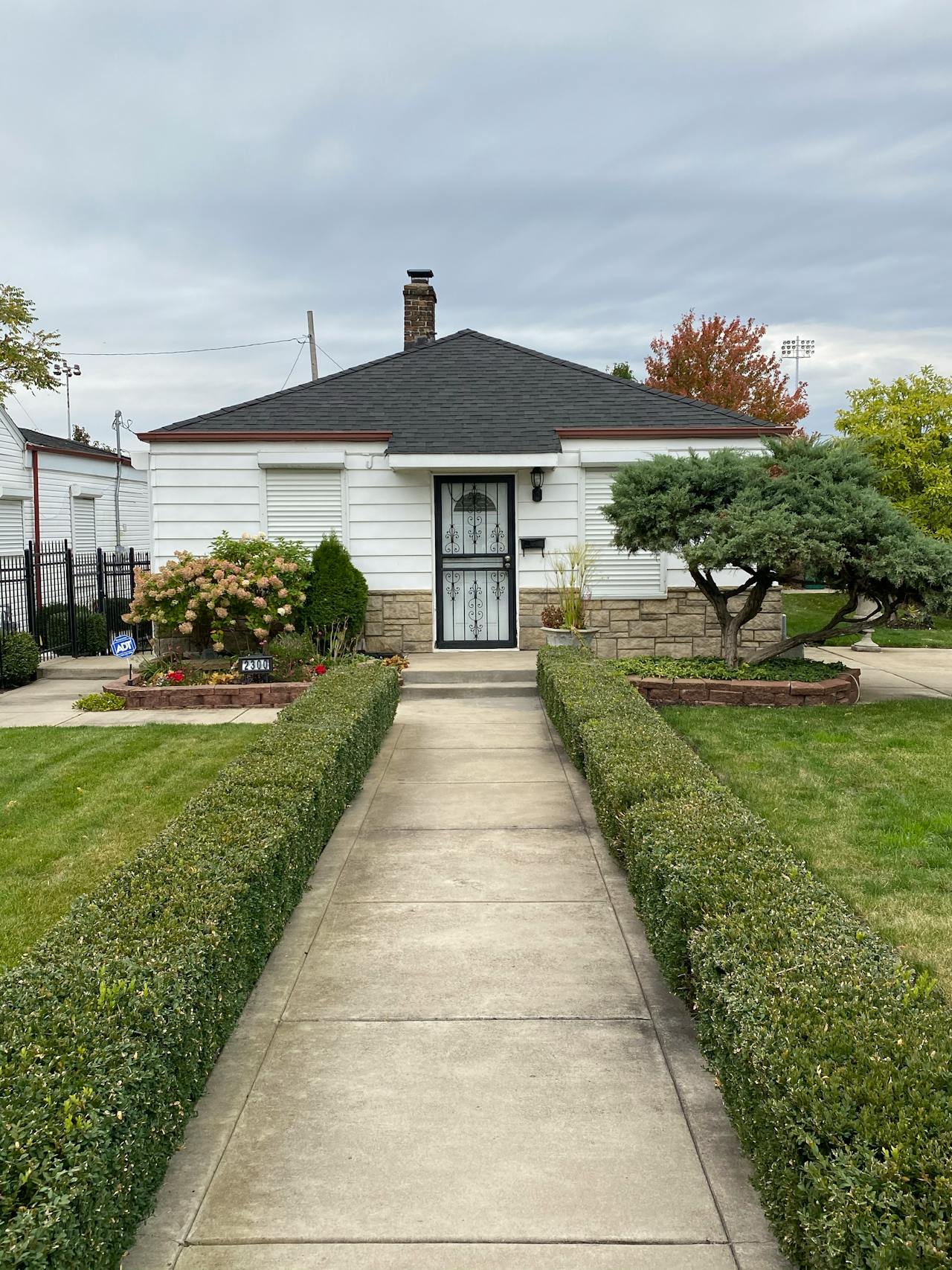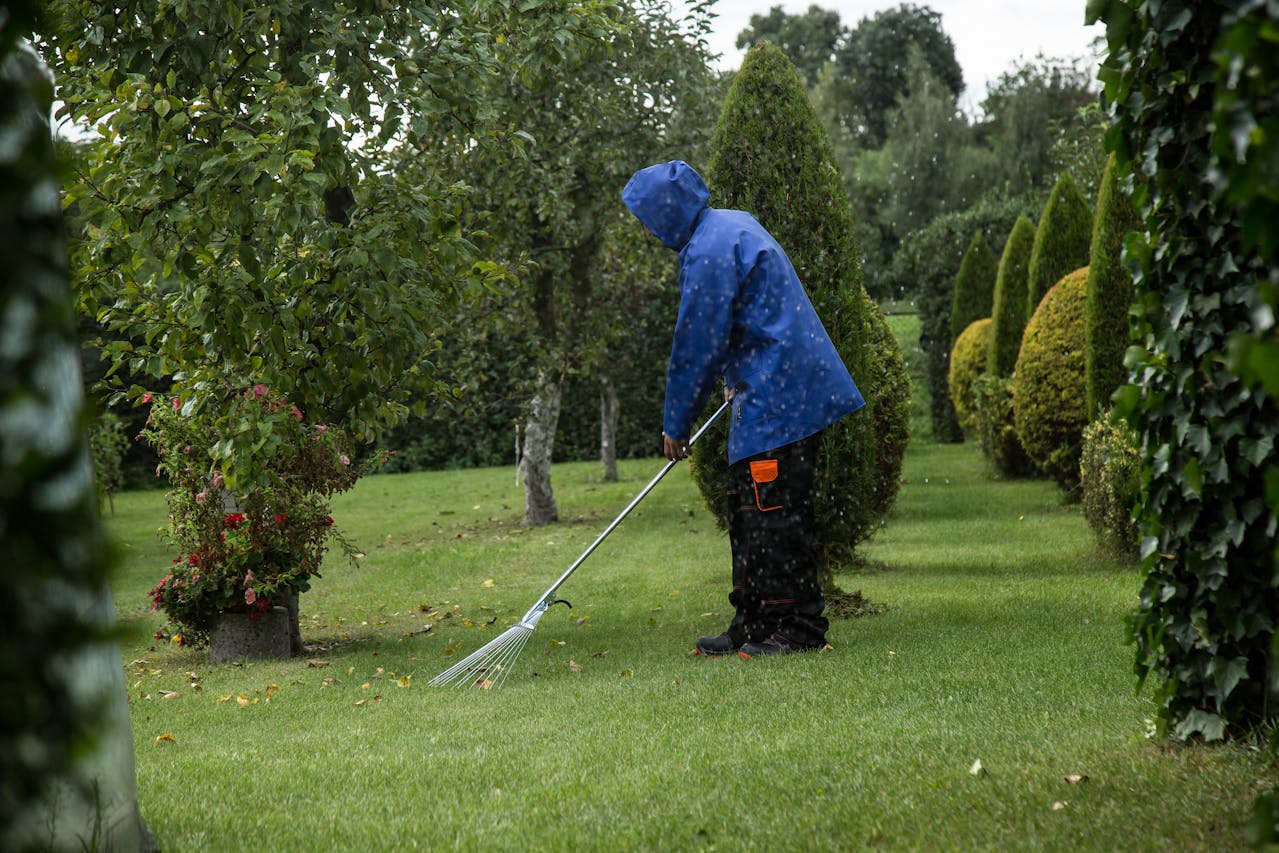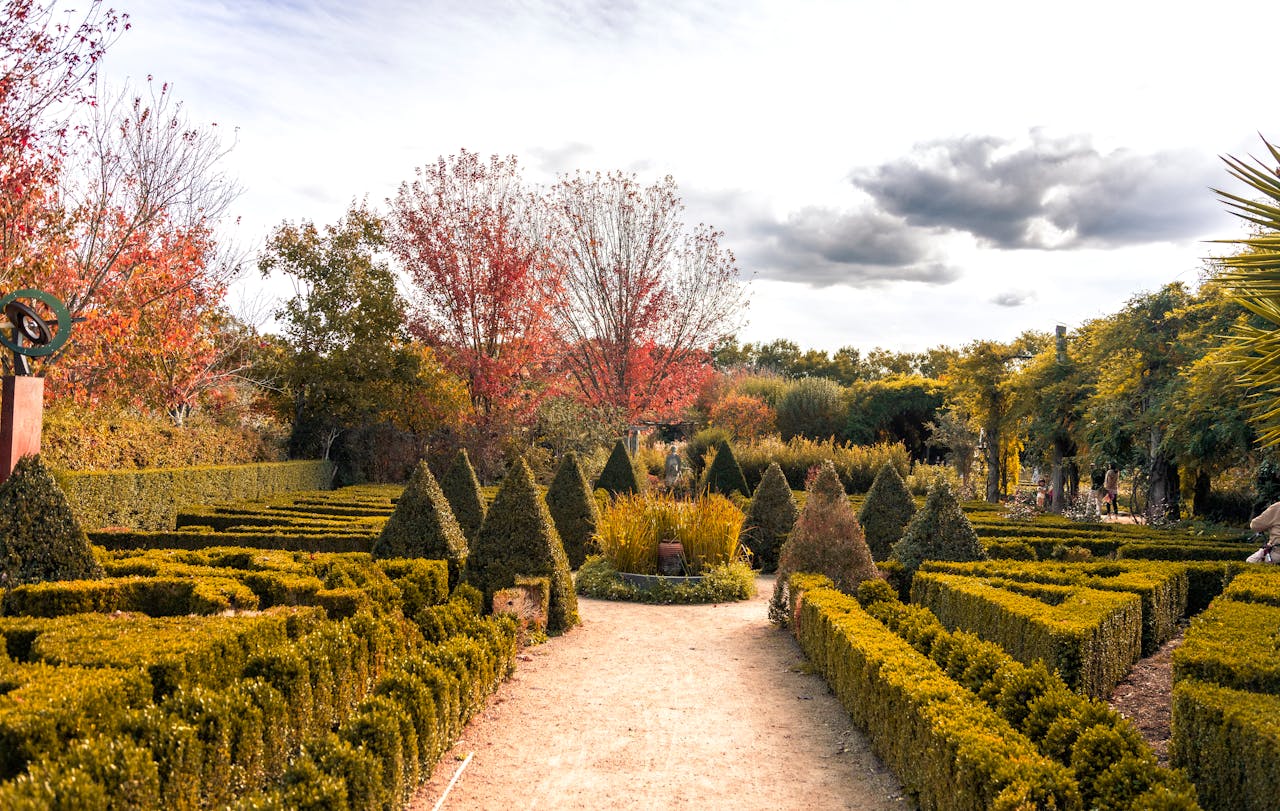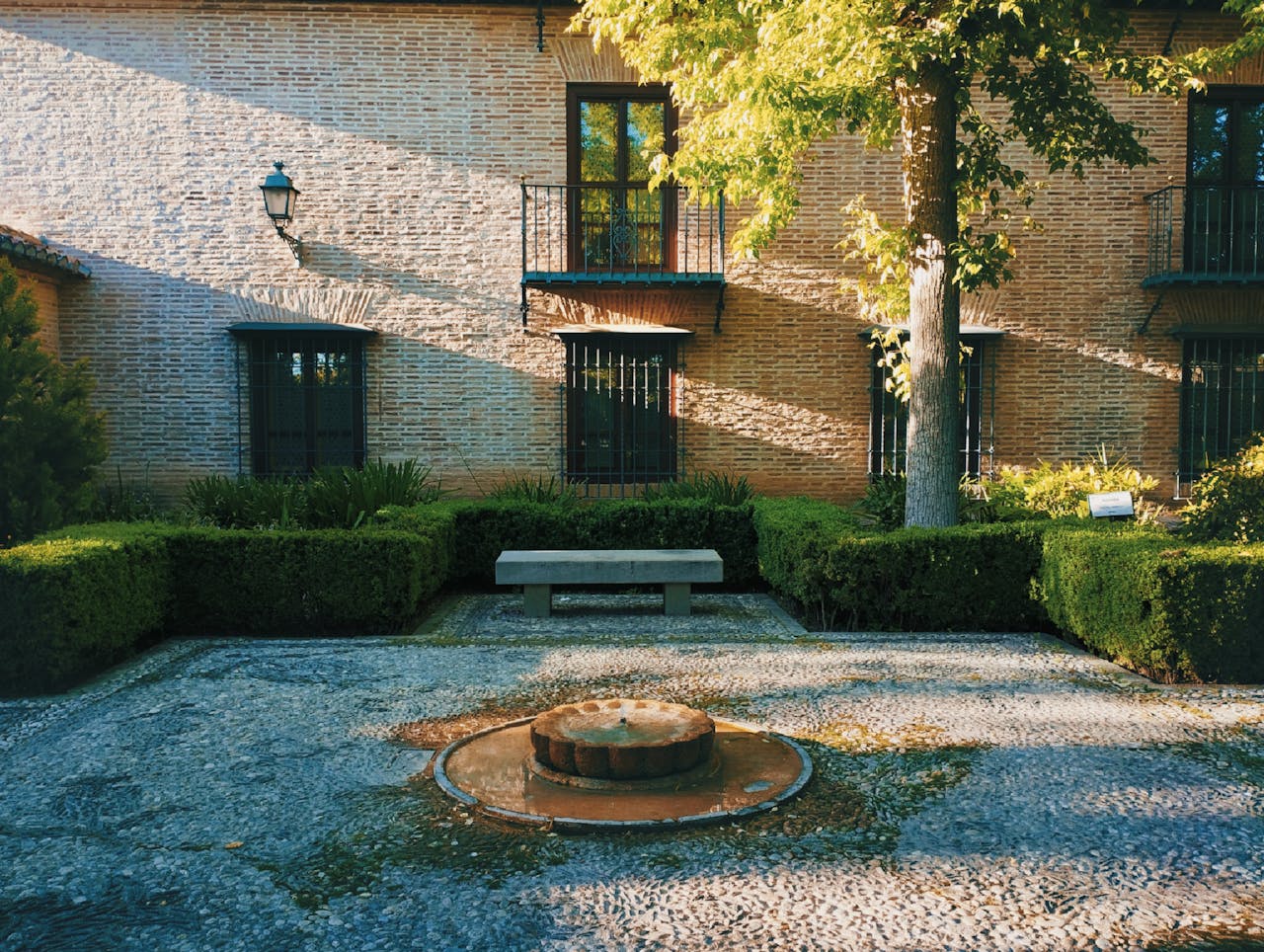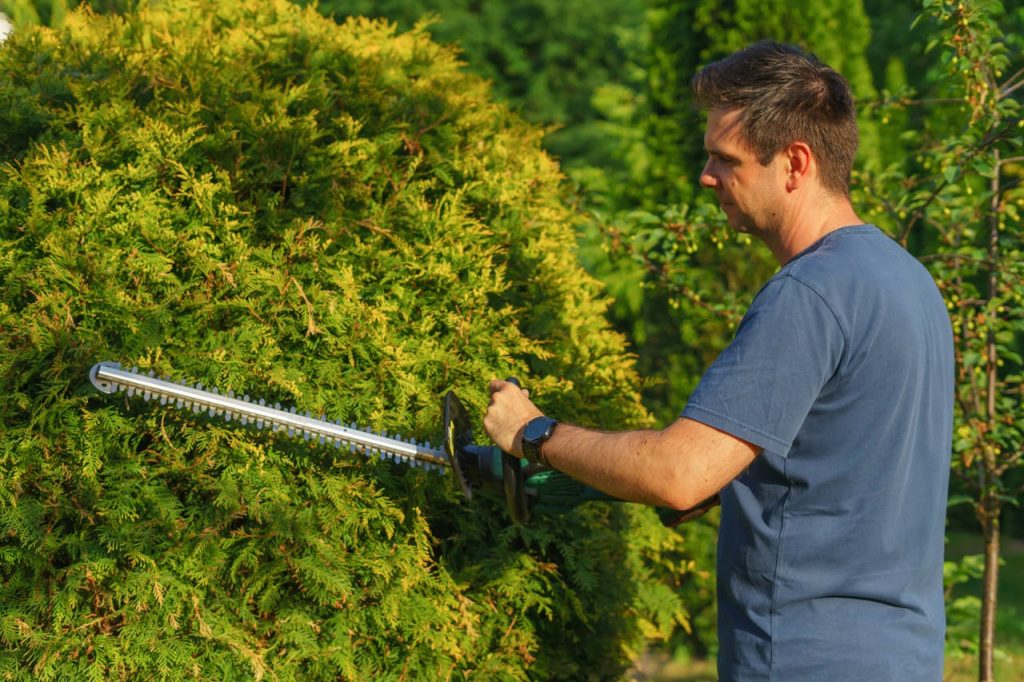Ever wondered about the key disparities between tree pruning and tree hedging? Understanding these distinctions is vital for maintaining healthy and aesthetically pleasing green spaces. Tree pruning involves targeted cuts to enhance growth and health, while tree hedging focuses on shaping and controlling the size of hedges. Knowing when and why to choose one over the other can make a significant impact on your landscaping efforts. Stay tuned as we delve into the nuances of tree pruning vs. tree hedging, unraveling their importance in landscaping practices.
Understanding Tree Pruning
Purpose
Tree pruning is a fundamental practice in maintaining plant health and aesthetics. It involves the selective removal of certain parts of a tree, such as branches or roots, to benefit the whole plant. The primary purpose of tree pruning is to promote tree growth, enhance structural integrity, and prevent disease.
Manual Nature
Pruning work is manual and precise, focusing on individual branch care. This process requires skill and knowledge to make correct cuts that encourage healthy growth patterns. By removing dead or diseased branches, trees can redirect their energy towards new growth.
Specific Plant Needs
Understanding the specific needs of each plant species is crucial for effective pruning practices. Different trees require different pruning cuts based on their growth habits and response to cutting. For example, pruning young trees differs from pruning mature ones due to their varying growth rates and development stages.
Understanding Tree Hedging
Shaping Shrubs
Tree hedging involves shaping shrubs into geometric forms like squares, rectangles, or spheres for a neat appearance. It is a technique commonly used in landscaping to create boundaries or visual interest.
Using hedge trimmers, gardeners can easily maintain hedges by trimming the foliage to achieve the desired shape. This method is more efficient than pruning individual branches, making it ideal for creating uniform and structured hedges.
Visual Appeal
Well-maintained hedges not only serve as boundary markers but also enhance the aesthetic appeal of a landscape. They provide privacy, reduce noise pollution, and create a sense of enclosure in outdoor spaces.
The design potential of hedges is vast, with options to create intricate patterns or simple, clean lines depending on the desired look. Whether formal or informal, hedges can significantly impact the overall design of a garden or property.
Key Differences Between Pruning And Hedging
Approach Comparison
Tree pruning involves a meticulous process of selectively removing branches to enhance the tree’s health and structure. It focuses on individual branch health and tree aesthetics. On the other hand, hedging entails trimming the outer layer of foliage to maintain a specific shape or form, often done with electric trimmers for speed.
Pruning requires more time and precision as each cut directly impacts the tree’s growth pattern and overall health. In contrast, hedging is quicker and involves making broader cuts across the entire outer layer of the tree without the need for detailed inspection of individual branches.
Maintenance Frequency
Pruning typically needs to be done less frequently compared to hedging. Since pruning targets specific branches for removal, it can be done annually or biennially depending on the tree species. In contrast, hedging, which involves shaping the outer layer of foliage, may require more frequent maintenance, often multiple times a year to maintain the desired shape.
Pros And Cons
- Pruning: Enhances tree health, promotes new growth, and requires less frequent maintenance.
- Hedging: Maintains a specific shape, quick process, needs more frequent maintenance.
Plant Type Suitability
Certain plant types are better suited for either pruning or hedging based on their growth patterns. Trees that benefit from selective branch removal for optimal growth and aesthetics are ideal candidates for pruning. Examples include fruit trees like apple or pear trees.
On the other hand, plants that respond well to regular shaping of their outer foliage are better suited for hedging. Shrubs like boxwoods for hedges like privet respond excellently to hedging practices due to their dense foliage and ability to thrive under constant shaping.
Benefits Of Tree Pruning
Healthier Growth Patterns
Tree pruning, essential for maintaining tree health, involves removing dead or diseased branches to promote healthier growth patterns. By eliminating these branches, trees can allocate more resources to the remaining healthy parts.
Pruning also helps in improving air circulation within the tree canopy. This increased airflow reduces the risk of fungal diseases that thrive in damp, stagnant conditions. As a result, trees are less susceptible to infections and can thrive better in their environment.
Aesthetically Pleasing Shape
One of the primary benefits of tree pruning is the opportunity to shape trees into a more aesthetically pleasing form. Trimming away excess branches and foliage can enhance the overall appearance of the tree, making it visually appealing in its surroundings.
When done correctly, pruning can help maintain the structural integrity of the tree while enhancing its natural beauty. This process not only contributes to the tree’s visual appeal but also ensures its longevity and vitality.
Long-Term Benefits
Beyond immediate improvements, tree pruning offers long-term benefits that are crucial for the tree’s overall health and productivity. Regular pruning sessions reduce the risk of disease by removing infected areas promptly, preventing further spread.
For fruit trees specifically, proper pruning techniques can lead to enhanced fruit production. By selectively removing certain branches, sunlight penetration is improved, allowing for better fruit development and ripening. This results in healthier fruit yields over time.
Pros And Cons Of Tree Pruning:
Pros:
- Promotes healthier growth patterns
- Enhances air circulation within the canopy
- Improves aesthetics and structural integrity
Cons:
- Requires expertise to avoid damaging the tree
- Over-pruning can stress the tree
Benefits Of Tree Hedging
Visual Appeal
Tree hedging offers the opportunity to create visually striking landscapes with well-defined shapes and lines. By carefully trimming and shaping hedges, you can enhance the overall aesthetic of your outdoor space. The precise nature of hedge trimming allows for the creation of geometric patterns and designs that add a unique touch to any garden or property.
Privacy And Boundaries
One significant advantage of tree hedging is the ability to maintain privacy and create barriers effectively. By strategically planting and maintaining hedges, you can establish natural boundaries that shield your property from prying eyes. This aspect is particularly crucial for homeowners looking to enhance their privacy without compromising on the visual appeal of their outdoor space.
- Provides natural barriers
- Enhances security and privacy
- Adds a sense of seclusion
Order And Structure
Tree hedging helps foster a sense of order and structure in garden design through regular maintenance. Well-maintained hedges can define different areas within a garden, creating a sense of organization and delineation. Neatly trimmed hedges can serve as borders for flower beds or pathways, adding a cohesive look to the overall garden layout.

Tools For Pruning And Hedging
Essential Tools
To achieve effective tree pruning, it is crucial to have the right tools at hand. Hand pruners are essential for cutting small branches and stems, while loppers come in handy for thicker branches. These tools allow for precise cuts, promoting healthy growth.
Hedge Trimming Tools
When it comes to hedge trimming, the choice of tools plays a significant role in the outcome. Electric hedge trimmers are ideal for larger hedges, offering efficiency and speed. On the other hand, manual hedge trimmers provide more control and are suitable for detailed shaping.
Importance Of Choosing The Right Tool
Selecting the appropriate tool for tree pruning or hedge trimming is vital to ensure the job is done correctly. Using hand pruners on thick branches can result in uneven cuts and damage to the tree. Similarly, attempting to trim a large hedge with manual trimmers may lead to a time-consuming process with less precision.
When To Prune Or Hedge
Optimal Seasons
Pruning:
- Spring: Ideal for most tree species as it promotes new growth and healing, especially for evergreen hedges and shrubs.
- Late Winter: Best for deciduous trees to shape them before the pruning season ends.
Hedging:
- Early Spring: Perfect timing for trimming to maintain shape and encourage spring growth.
- Late Summer: Recommended for a final trim before winter to ensure health during dormancy.
Timing Advice
Pruning:
- Regularly check for overgrown branches that may hinder growth or pose safety risks.
- Avoid pruning fruit-bearing trees in late summer or fall to prevent loss of next year’s crop.
Hedging:
- Trim beech hedge plants after the last frost in spring to avoid damaging new growth.
- Shape evergreen hedges just before their growth spurts in spring for optimal results.
Environmental Influences
Pruning:
- Consider local climate conditions such as frost dates to prevent damage post-pruning.
- Avoid pruning during extreme heat or cold spells to prevent stress on the tree.
Hedging:
- Monitor soil moisture levels before hedging to ensure the plant can recover efficiently.
- Adjust hedging schedules based on rainfall patterns to support healthy growth.
Common Misconceptions
Health Benefits
Tree pruning is often mistaken as merely a way to shape trees for aesthetic purposes. However, beyond enhancing the landscape, pruning plays a crucial role in maintaining the tree’s health. By removing dead or diseased branches, pruning promotes new growth and prevents the spread of infections.
Contrary to popular belief, pruning is not solely about creating symmetrical shapes or straight lines. It directly impacts the tree’s overall well-being by improving air circulation and allowing sunlight to reach all parts of the tree. This, in turn, boosts photosynthesis and ensures the tree remains healthy and robust.
Regular Maintenance
One prevalent misconception surrounding tree hedging is that it is a one-time task that provides long-term results. In reality, hedging requires regular upkeep to maintain its desired shape and density. Without consistent trimming, hedges can become overgrown, losing their neat appearance and affecting their health.
To achieve optimal results with hedging, it’s essential to trim them at the right times of the year. For instance, trimming hedges before winter ensures they remain tidy and compact during snowfalls. Regular maintenance also prevents issues like bare patches or uneven growth, preserving the hedge’s overall health and visual appeal.
Specific Techniques
Another misconception is that all trees and plants can be pruned or hedged in the same manner. Each species has unique requirements, and using a one-size-fits-all approach can have detrimental effects. Proper pruning techniques vary based on factors like the tree’s age, species, and growth pattern.
Similarly, hedging demands precision to maintain its shape without causing damage. Using incorrect techniques can result in sparse growth, affecting the hedge’s density and overall appearance. It’s crucial to consult with experienced crews or arborists who understand the specific needs of different plants to ensure proper maintenance.
Summary
Now that you understand the distinctions between tree pruning and hedging, you can make informed decisions on how to care for your trees effectively. Remember, pruning focuses on tree health and structure, while hedging emphasizes shaping and density. By choosing the right technique at the appropriate time, you can promote growth, prevent disease, and enhance the aesthetic appeal of your trees. Utilize the recommended tools and schedules outlined to ensure optimal results. Keep in mind the benefits each method offers and tailor your approach based on your specific tree species and desired outcomes. Take charge of your tree maintenance to enjoy healthy, flourishing trees year-round.
Ensure Safety With JC Tree Service’s Professional Tree Hedging Services
Maintaining the beauty and safety of your property is essential, and JC Tree Service is here to offer expert tree hedging services for your home or business. Whether you’re looking to create privacy, improve the aesthetics of your yard, or shape your landscape, our skilled team is ready to handle all your tree hedging needs in Brentwood, Antioch, and surrounding areas.
Understanding the importance of proper tree maintenance, we focus on delivering efficient, environmentally-friendly hedging services tailored to your specific requirements. Our tree hedging solutions are crucial not only for enhancing the look of your yard but also for ensuring the safety of your property and loved ones. By properly trimming and maintaining your trees, we help prevent hazards from overgrown branches, improve curb appeal, and create a more manageable outdoor space. With JC Tree Service, you can trust that your landscape will be well-kept, organized, and ready for every season.
Don’t let overgrown trees take over your property. Contact JC Tree Service today to learn how our professional tree hedging services can improve the safety and appearance of your yard. We offer a free, no-obligation quote to help you get started. Experience the difference that expert hedging can make!
Disclaimer
The materials available on this website are for informational and entertainment purposes only and not to provide legal or professional advice. You should contact your attorney or home improvement specialist to obtain advice concerning any particular issue or problem. You should not act or refrain from acting based on any content included in this site without seeking legal or other professional advice. The information presented on this website may not reflect the most current home improvement developments. No action should be taken in reliance on the information on this website. We disclaim all liability concerning actions taken or not taken based on any or all of the contents of this site to the fullest extent permitted by law.

